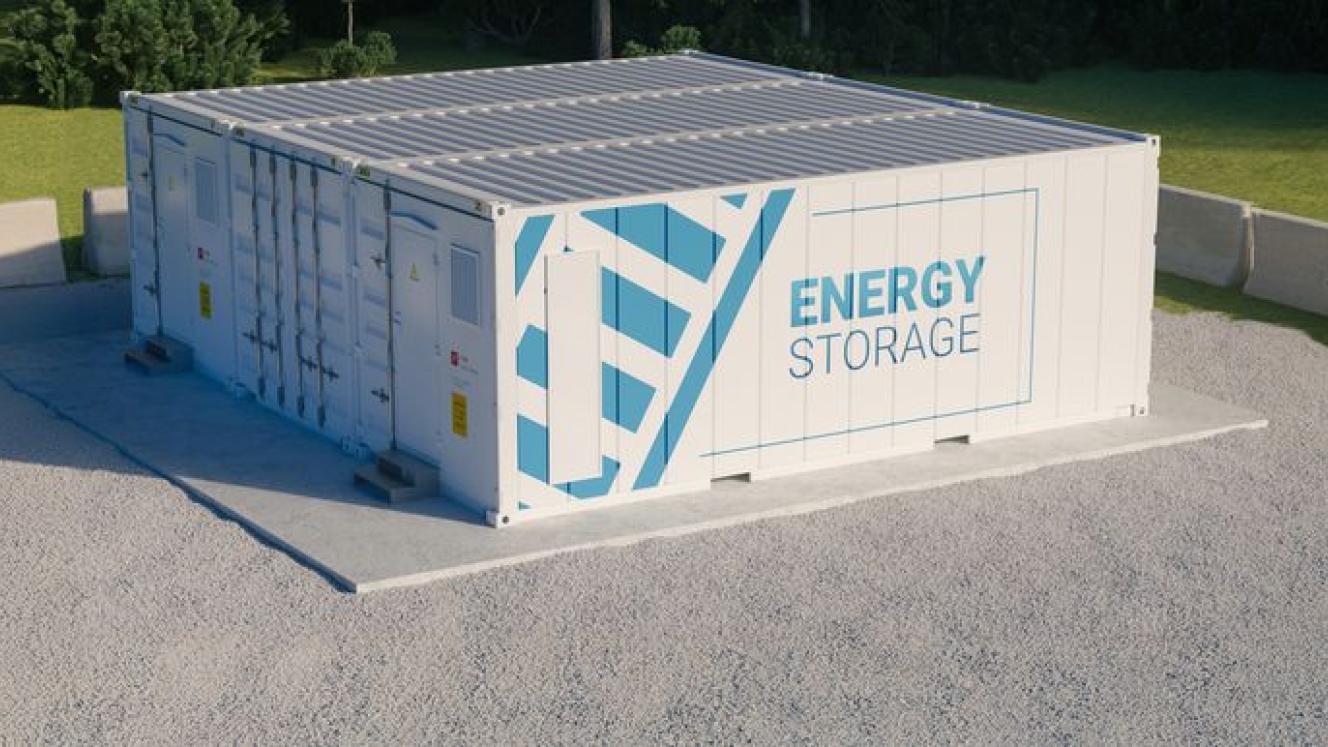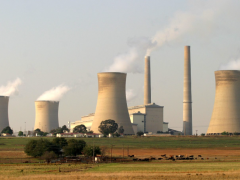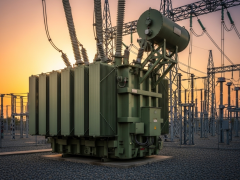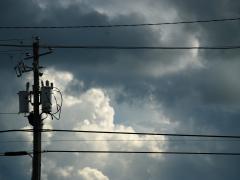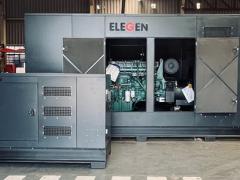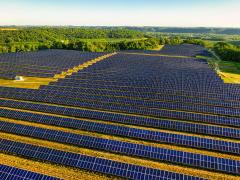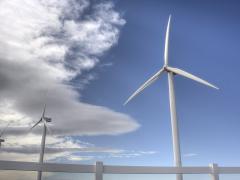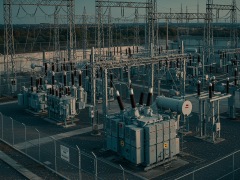South Africa is well positioned to play a leading role in the global energy storage value chain thanks to its rich vanadium reserves and growing policy alignment on critical minerals. This is according to a new study commissioned by the Localisation Support Fund (LSF) and launched in Johannesburg on October 14.
The study notes that several of South Africa’s deposits contain more than 1,5% vanadium pentoxide, considered high-grade by international standards, and that the country supplied 8% of global vanadium in 2024. With global vanadium redox flow battery (VRFB) capacity expected to grow tenfold by 2030 (from 4 GWh to 40 GWh), the share of vanadium used in these batteries is projected to rise from 5% to nearly 27%, supporting a doubling in production.
LSF CEO Irshaad Kathrada said the findings highlight opportunities to move beyond mining into refining, electrolyte production and component manufacturing. “South Africa is strategically well-placed to benefit from this growth, given its significant reserves of high-grade vanadium. Policy alignment and the applicability of VRFB technology for domestic and regional storage further enhance our potential to develop a globally competitive downstream industry,” he said.
The study also highlights the technology’s circular economy potential, with electrolytes that are nearly 100% recoverable, and forecasts a decline in capital costs from US$380/kWh in 2025 to US$230/kWh by 2030, reaching cost parity with lithium iron phosphate batteries for long-duration storage.
While 95% of electrolyte production is currently controlled by eight Chinese manufacturers, the study says this concentration creates opportunities for South Africa to diversify supply chains and attract investment. Deputy Minister of Electricity and Energy Samantha Graham-Maré and Deputy Minister of Trade, Industry and Competition Zuko Godlimpi said VRFB localisation aligns with the South African Renewable Energy Masterplan and could translate mineral wealth into jobs, exports and industrial capability.
Policy recommendations include energy storage special economic zones, tax incentives, grants and preferential procurement for locally produced systems. Localisation efforts are already underway: in 2020, the Industrial Development Corporation and Bushveld Minerals co-invested in the Bushveld Electrolyte Company (BELCO) in East London, which aims to produce eight million litres of electrolyte annually (about 200 MWh).
